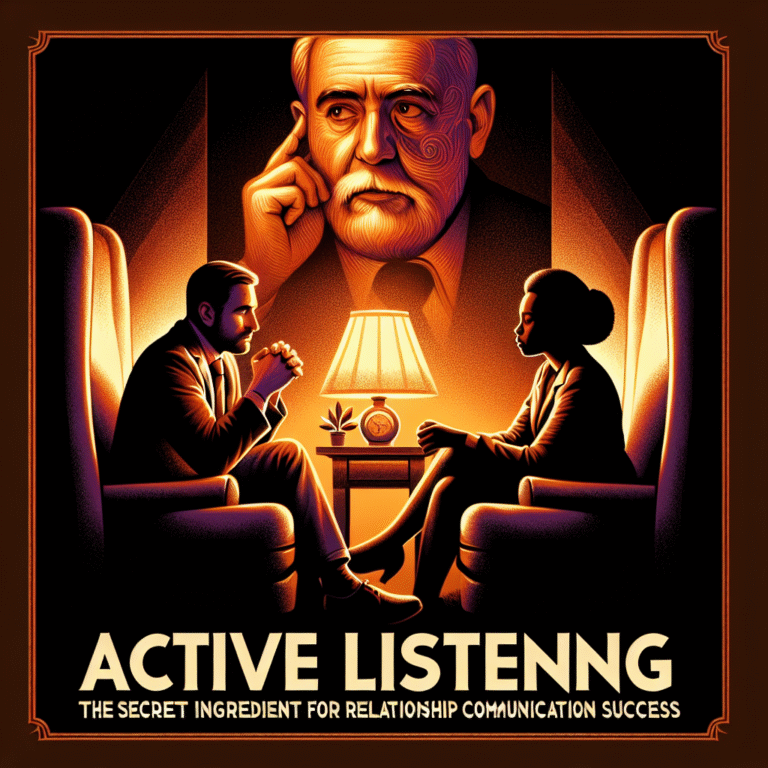From Pavlov to Skinner: Iconic Experiments that Changed Behavioral Psychology
Introduction
The field of psychology has witnessed transformative ideas that have shaped our understanding of human and animal behavior. Among these groundbreaking contributions, two figures stand out prominently: Ivan Pavlov and B.F. Skinner. Their iconic experiments laid the foundational principles of behavioral psychology, revolutionizing the way behavior was studied, understood, and applied. The journey "From Pavlov to Skinner: Iconic Experiments that Changed Behavioral Psychology" not only reflects their individual contributions but also underscores the evolution of behavioral theories from classical conditioning to operant conditioning.
This article will delve deep into the experiments conducted by Pavlov and Skinner, their implications, and how they fundamentally changed behavioral psychology. We will explore real-world applications and provide valuable insights, ensuring that you finish reading inspired and informed.
Understanding Behavioral Psychology: A Brief Overview
Behavioral psychology focuses on observable behaviors, rather than on mental states or internal processes. It emerged as a reaction against introspective methodologies and sought to make psychology a more empirical science. By observing how behaviors are learned and reinforced, psychologists can formulate strategies for behavior modification, making behavioral psychology essential in fields such as education, therapy, and animal training.
The Roots of Behavioral Psychology
Before we dive into the iconic experiments, let’s set a stage for understanding the roots of this discipline and how Pavlov’s and Skinner’s contributions ushered it into the modern era. The key tenets of behaviorism may be traced back to early psychologists such as John B. Watson, who advocated for a focus solely on observable behavior.
Ivan Pavlov: The Pioneer of Classical Conditioning
The Classic Experiment: Dogs, Bells, and Salvation
Ivan Pavlov was a Russian physiologist whose groundbreaking work in the late 19th and early 20th centuries began with an investigation into digestive processes but ended up redefining psychology. His famous experiment involved conditioning dogs to salivate upon hearing a bell. Let’s break this iconic experiment down.
The Methodology
Neutral Stimulus: Pavlov introduced a bell sound (neutral stimulus) before presenting food (unconditioned stimulus) to the dogs.
Unconditioned Response: Naturally, the presentation of food caused the dogs to salivate (unconditioned response).
- Conditioning Phase: After several repetitions, the dogs began to salivate at the sound of the bell alone, demonstrating a conditioned response.
Analysis of Results
The results of Pavlov’s experiment were revolutionary. Not only did they show that behavior could be learned (or conditioned), but they also introduced key concepts such as the unconditioned stimulus, conditioned stimulus, and the law of effect, which later influenced behaviorists like Skinner.
Real-World Applications of Classical Conditioning
Pavlov’s findings have far-reaching implications:
- Therapeutic Techniques: Used in practices such as exposure therapy to treat phobias and anxiety disorders.
- Marketing Strategies: Advertisers frequently pair their products with positive stimuli to elicit favorable responses from consumers.
By understanding the mechanics of behavior through classical conditioning, psychologists can develop strategies to influence human actions positively.
B.F. Skinner: The Architect of Operant Conditioning
The Innovative Experiment: Rats, Levers, and Rewards
Following in Pavlov’s footsteps, B.F. Skinner expanded on the concepts of behaviorism with his research into operant conditioning. Skinner’s experiments primarily involved the "Skinner Box," a controlled environment where he observed animal behavior regarding reinforcement.
The Methodology
The Skinner Box: A rat inside the box could press a lever to receive food (reinforcer) or avoid an electric shock (punishment).
Positive Reinforcement: If pressing the lever yielded food, the rat was more likely to repeat that behavior.
- Negative Reinforcement: If pressing the lever stopped the shock, the rat would also repeat the action to avoid discomfort.
Analysis of Results
Skinner’s research provided immense insights into the processes of reinforcement and punishment. He formulated the principles of operant conditioning, revealing that behavior could be shaped by the consequences that followed it. The creation of concepts such as schedules of reinforcement also provided a deeper understanding of behavior modification.
Real-World Applications of Operant Conditioning
Skinner’s findings laid the groundwork for numerous practical applications in:
- Education: Implementing reinforcement strategies to encourage learning and behavior management in classrooms.
- Animal Training: Conditioning pets using treats or negative reinforcement methods to encourage desirable behaviors.
These applications demonstrate the powerful influence of operant conditioning in shaping human and animal behavior.
Comparative Analysis: From Pavlov to Skinner
While both Pavlov and Skinner focused on behavior, the frameworks they established differ significantly.
Classical vs. Operant Conditioning
| Feature | Classical Conditioning | Operant Conditioning |
|---|---|---|
| Focus | Learning through association | Learning through consequences |
| Type of Response | Automatic and involuntary | Voluntary and planned |
| Key Concepts | Unconditioned stimulus, conditioned stimulus | Reinforcement, punishment |
| Application | Phobias, emotional responses | Behavior modification, skill acquisition |
This table highlights the essential distinctions between their approaches. While Pavlov illustrates involuntary responses tied to stimuli, Skinner emphasizes the role of reinforcement and punishment in guiding voluntary behavior, showcasing two essential facets of understanding behavioral psychology.
Further Developments in Behavioral Psychology
As the field progressed, the implications of behavioral psychology reached broader horizons. Researchers expanded on Pavlov and Skinner’s work, leading to the development of:
Cognitive Behavioral Therapy (CBT): Merging cognitive psychology with behaviorism to treat a variety of psychological disorders.
- Applied Behavior Analysis (ABA): Utilizing operant conditioning strategies in educational and clinical settings, especially for individuals on the autism spectrum.
These developments signify that the journey From Pavlov to Skinner is not merely historical but foundational, influencing contemporary psychological practices.
Conclusion
From Pavlov to Skinner: Iconic Experiments that Changed Behavioral Psychology reveal an inspiring narrative that showcases how two experimental psychologists fundamentally altered our understanding of behavior. Their pioneering work established critical concepts that serve as the backbone of behavioral psychology today. By recognizing the impact and implications of their discoveries, we not only appreciate the rich history of this discipline but also unlock new methods of understanding and improving behavior in various contexts.
As practitioners and learners, the insights gained from Pavlov’s and Skinner’s experiments encourage us to apply these concepts in everyday life, whether in education, therapy, or personal development. The legacy of their work continues to inspire and challenge future explorations into the complex world of behavior.
FAQs
1. What is the key difference between classical and operant conditioning?
Answer: Classical conditioning focuses on associating a neutral stimulus with an unconditioned stimulus to elicit a conditioned response, while operant conditioning involves modifying behavior through reinforcement or punishment.
2. How can I apply classical conditioning in my daily life?
Answer: You can use classical conditioning by pairing a neutral stimulus (e.g., a specific song) with a positive experience (e.g., relaxation or enjoyment), making you feel good whenever you hear the song.
3. What are some real-world examples of operant conditioning?
Answer: Examples include training pets with treats (positive reinforcement), implementing classroom management tactics (such as rewards for good behavior), and behavior modification programs for children and adults.
4. Can behaviors be changed without punishment in Skinner’s model?
Answer: Yes, Skinner’s model emphasizes the effectiveness of positive reinforcement in shaping behaviors, suggesting that encouraging desired behavior is often more effective than punishing undesired behavior.
5. Why is behavioral psychology important today?
Answer: Behavioral psychology is crucial for understanding and modifying behaviors in various settings, including education, therapy, marketing, and personal development, making it essential for improving quality of life and societal interactions.
By shadowing the timeless journey "From Pavlov to Skinner: Iconic Experiments that Changed Behavioral Psychology,” we gain a profound understanding of the psychological tools at our disposal, equipping us to enhance both our lives and the lives of those around us.

















